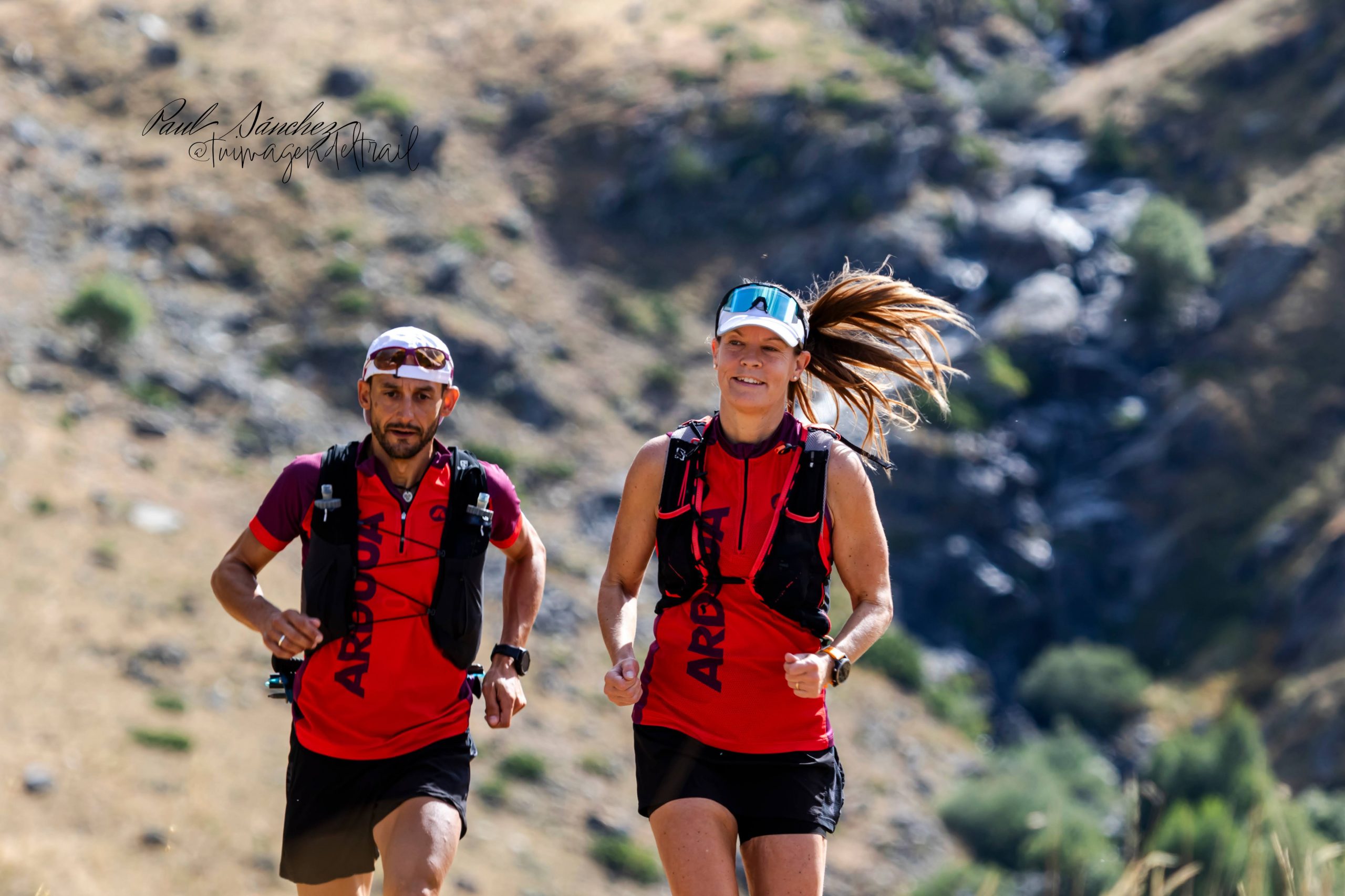The Truth About Trail Running Injuries
Trail running, especially ultra-trail, is one of the most demanding endurance sports, pushing both physical and mental limits. While it offers incredible rewards, the risk of injury is a constant challenge for many ultra-trail runners.
Whether you’re training for an ultramarathon or tackling technical trails, the risk of injury is something every runner should be aware of.
A systematic review titled “Incidence and determinants of lower extremity running injuries
in long distance runners: a systematic review” provides crucial insights into how frequently these injuries occur and what factors contribute to them. In this article, we summarize the key findings and help you understand how to reduce your risk of injury.
How Common Are Running Injuries?
The review analyzed multiple studies on ultra-trail runners, showing that 19.4% to 79.3% of runners experience lower limb injuries. This wide range is due to differences in study populations, injury definitions, and follow-up periods. However, it’s clear that running injuries are a significant issue, especially for those training consistently.
Most Affected Body Parts
Among all trail running-related injuries, the knee is the most commonly affected area, followed by the lower leg, foot, and hip. These injuries often result from repetitive stress, improper biomechanics, or training errors.
What Causes Ultra-Trail Running Injuries?
Injuries result from a mix of intrinsic (personal) and extrinsic (external) factors. Understanding these factors can help you train smarter and reduce your risk of injury.
Intrinsic Factors (Your Body & Mechanics)
- Previous Injuries – If you’ve been injured before, your chances of getting hurt again increase significantly.
- Muscle Weakness & Imbalances – Weak or tight muscles, particularly in the lower extremities, contribute to poor running form and increased stress on joints.
- Biomechanics & Malalignment – Flat feet (overpronation), leg length discrepancies, and abnormal gait patterns can all put excessive strain on muscles and joints.
Extrinsic Factors (Training & Environment)
- Training Errors – The number one cause of ultra-trail running injuries is doing too much, too soon. Runners who rapidly increase mileage or intensity without proper adaptation face the highest injury risk.
- Running Surface & Terrain – Uneven, rocky, and technical trails increase the risk of ankle sprains, muscle strain, and overuse injuries.
- Footwear – Wearing old, worn-out shoes or the wrong type of trail running shoes for your foot mechanics can contribute to injury.
- Recovery & Lifestyle Factors – Inadequate rest, stress, poor sleep, and nutrition all impact the body’s ability to recover and adapt.
What Can You Do to Prevent Ultra-Trail Running Injuries?
The good news is that most trail running injuries are preventable. Here are the key steps to staying injury-free:
✅ Follow a Gradual Training Plan – Increase mileage and intensity by no more than 10% per week to allow your body to adapt.
✅ Strength Training & Flexibility – Incorporate strength exercises for your legs and core to improve biomechanics and reduce impact forces.
✅ Optimize Running Biomechanics – Understanding your running form through a biomechanics analysis can help identify and correct inefficient movement patterns.
✅ Choose the Right Trail Running Footwear – Select trail running shoes based on your foot type and gait pattern, and replace them every 500-700 km.
✅ Prioritize Recovery – Rest days, proper sleep, hydration, and nutrition are crucial for long-term trail running health.
Final Thoughts: Knowledge is Power
Ultra-trail running injuries are not just bad luck—they are often preventable. By understanding the key risk factors and making smart adjustments to your training, biomechanics, and recovery strategies, you can keep running strong for years to come.
💡 Want to take a more scientific approach to injury prevention?
📌 Check out our latest article: How to Prevent Ultra-Trail Running Injuries: A Practical Guide for practical, research-backed strategies to stay injury-free.
📥 For an in-depth review of the research findings, download the full article here:
How Can We Help You?
At Arduua, we’re here to help you train smarter, stay injury-free, and become a stronger, faster, and healthier trail runner.
🏔 Looking for structured, professional guidance?
✅ Sign up for our Trail Running Online Coaching for a personalized training plan designed by expert coaches.
🔍 Need a deeper, more detailed assessment of your running form?
✅ Learn more about Why Running Biomechanics is Essential for Trail Runners aand how Arduua can help by providing expert insights into your movement patterns, helping you optimize performance and minimize injury risks.
📩 Stay updated on injury prevention tips & expert trail running insights—subscribe to our newsletter in the footer of this webpage!
🏃♂️ Let’s hit the trails, injury-free!
/Katinka Nyberg, Arduua Founder and David Garcia, Arduua Coach


